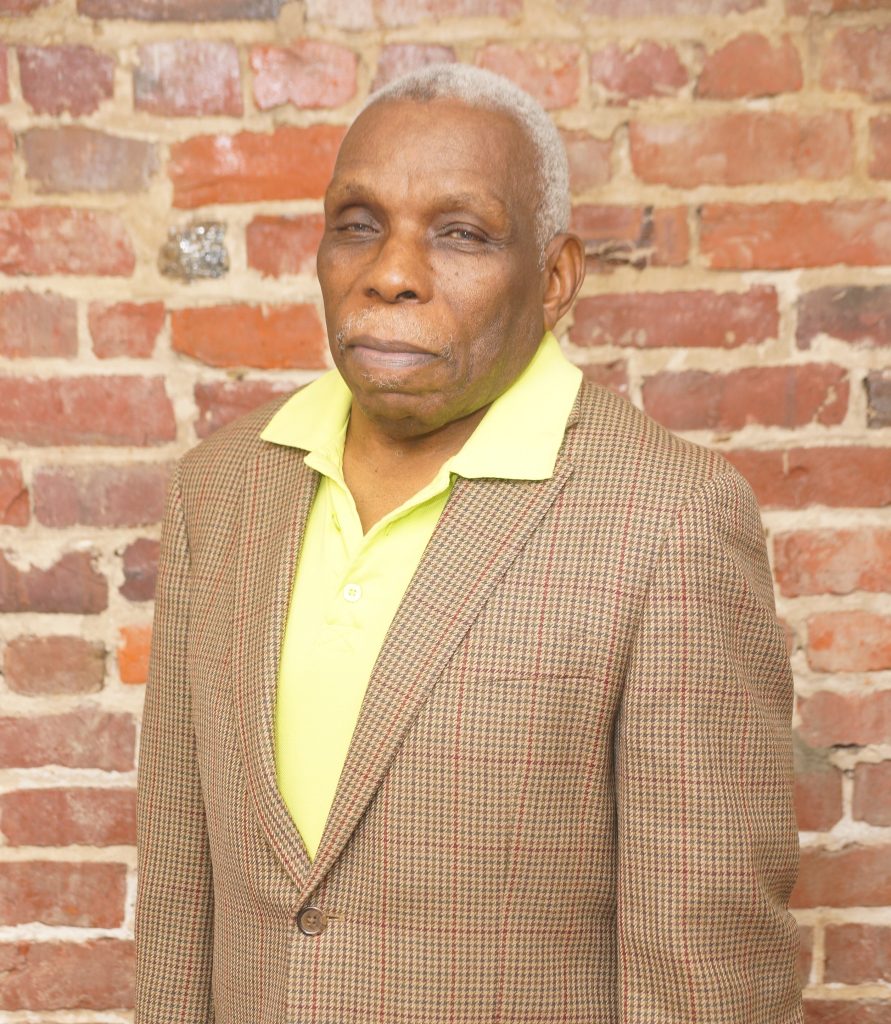In the early 1980s, the writer developed a set of lectures on racism which were presented at Voice of Calvary Fellowship and later to audiences being recruited by and volunteering with Voice of Calvary Ministries. These talks were an expansion of research which had been done in preparation of his book, WHITE RACISM AND BLACK POWERLESSNESS.
Just as some friends had been critical of the term White Racism after publication of the book, saying that there was no such thing as Black racism, there were serious questions during the Voice of Calvary lectures. Those questions and criticisms resulted in re-visiting the terms at that time just as similar questions prompt revisiting such terms today.
In the Voice of Calvary lectures, white people in America were assigned to one of five categories – active racists, paternalistic racists, passive racists, opportunistic racists, and redeemed racists. There was also a distinction made between individual racism and racism that was institutional.
Active racists referred to individuals who held attitudes and/or engaged in actions that perceived of Black people as of lower status than white people. These were racists who joined and/or supported groups such as the Ku Klux Klan. They acted personally. They openly supported actions to segregate, dominate, or eliminate Black people. Paternalistic racists referred to individuals who treated Black people, especially their employees, as if they were children or dependents, not equals. Opportunistic racists referred to individuals who engaged in actions that perceived of Black people as of lower status than white people, not necessarily because of what they personally believed, but because of the advantages it gave them – politically, economically, or socially.
Passive racists referred to individuals who do not seem to hold attitudes and/or engage in actions that assign Black people to a status lower than that of white people but who go about their lives as individuals. The key phrase is “seem to.” The passive racists simply obey the laws or accept the customs of the society that advantage and benefit white people. They often consider themselves to be color-blind or fair-minded. They are perhaps the vast majority of white people in this society. Through their cooperation/participation in the racially-skewed institutions, they enable institutional racism to survive and thrive. Redeemed racists referred to individuals who had managed to rid themselves of attitudes and actions that perceived Black people as of lower status than white people, including their rejection of and attempts to change the racist policies and practices of society’s institutions.
Institutional racism in the Voice of Calvary lectures referred to laws, policies, and practices that disadvantage and/or treat Black people differently. This kind of racism functions through people who follow what is institutionalized, not necessarily their individual beliefs. Institutional racism often becomes apparent through the use of statistics and/or observing the outcomes of the groups involved.
While some things that were expressed in the lectures of the 1980s are still understandable, others have become less clear as a result of changes in our language and/or perspectives. For an example, as a result of the Civil Rights Movement and changes in the schools and the media, many people – Black and white – talk a slightly different game. White people and many Black people take the charge of racism to generally refer only to personal attitudes and actions. There is less acknowledgement or understanding of the concept of institutional racism, which is now generally called systemic racism.
A part of the problem is that many people would like to believe and would like others to believe that racism died with the desegregation of the public schools and the passage of the civil rights laws in the 1960s. As a result of cell phone and surveillance cameras, they see what they think are the dying remnants of racism. They include individual police actions, white terrorists, vigilante actions, and the actions of some ordinary white individuals. The average white person then points to those examples as the only manifestations of racism and strongly rejects the idea that America is plagued by systemic racism.
Just as one can point to the use of poll taxes, literacy tests, and morals tests to deny Black people access to the voting booth as examples of institutional racism, he/she can point to certain ID requirements, criminal convictions, and the placing of polling places and drop boxes to suppress the Black vote as examples of systemic racism. The use of police no-knock raids, targeting/harassment of Black drivers, the police protection of qualified immunity, and more are all examples of systemic racism just as they were long examples of institutional racism. This phenomena, systemic racism, exists in every phase of society, just as it always had in every institution. They simply have to be uncovered, publicized and opposed.
Additionally, in the matter of defining and labelling racism, Black people and supporters of democracy must also continue to focus on the concepts of white supremacy and white privilege. In the earlier days, the concept of white supremacy was embedded in the definition of racism, but perhaps needed more emphasis. It should have been understood, since that is the whole reason for the different treatment in the first place. The term white privilege is used more and more beneficially because it illustrates what it means to be white in a racist society in concrete terms. Statistics and outcomes in such fields as health, wealth, longevity, education, and the rest of life in America also are illustrative of systemic racism. White privilege, however, gives it more human flavor.
We close with this quote from Christopher Devron, the president of Fordham Preparatory School in the Bronx, NY, from AMERICA magazine, September 2021. “White people don’t get a moral pass simply by refraining from overtly racist acts. Rather, they must examine racial bases within systems, reflect on how they participate in and benefit from these biases and then take deliberate action to change them.” That describes exactly what we meant by redeemed racist. It is what might today be called a “woke” white person. These are the kinds of people needed to finally eliminate racism from American society.







